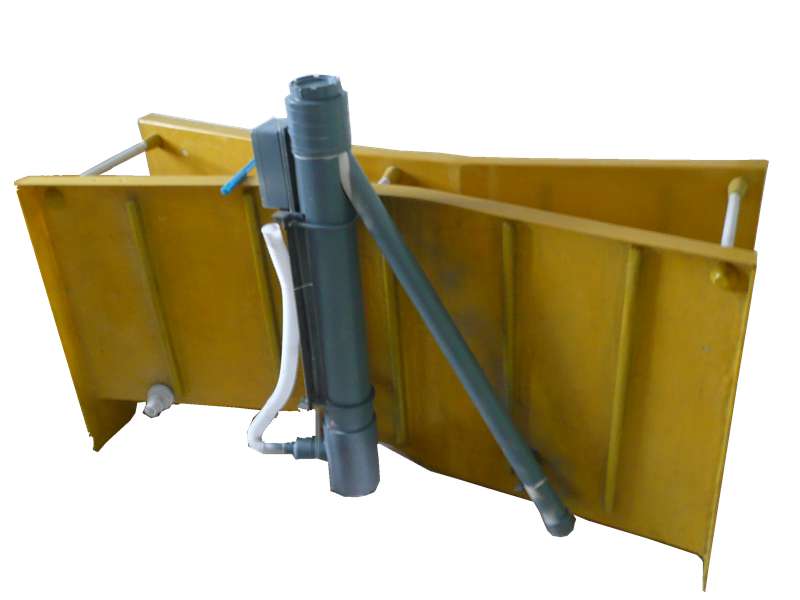
-
 Afrikaans
Afrikaans -
 Albanian
Albanian -
 Amharic
Amharic -
 Arabic
Arabic -
 Armenian
Armenian -
 Azerbaijani
Azerbaijani -
 Basque
Basque -
 Belarusian
Belarusian -
 Bengali
Bengali -
 Bosnian
Bosnian -
 Bulgarian
Bulgarian -
 Catalan
Catalan -
 Cebuano
Cebuano -
 China
China -
 China (Taiwan)
China (Taiwan) -
 Corsican
Corsican -
 Croatian
Croatian -
 Czech
Czech -
 Danish
Danish -
 Dutch
Dutch -
 English
English -
 Esperanto
Esperanto -
 Estonian
Estonian -
 Finnish
Finnish -
 French
French -
 Frisian
Frisian -
 Galician
Galician -
 Georgian
Georgian -
 German
German -
 Greek
Greek -
 Gujarati
Gujarati -
 Haitian Creole
Haitian Creole -
 hausa
hausa -
 hawaiian
hawaiian -
 Hebrew
Hebrew -
 Hindi
Hindi -
 Miao
Miao -
 Hungarian
Hungarian -
 Icelandic
Icelandic -
 igbo
igbo -
 Indonesian
Indonesian -
 irish
irish -
 Italian
Italian -
 Japanese
Japanese -
 Javanese
Javanese -
 Kannada
Kannada -
 kazakh
kazakh -
 Khmer
Khmer -
 Rwandese
Rwandese -
 Korean
Korean -
 Kurdish
Kurdish -
 Kyrgyz
Kyrgyz -
 Lao
Lao -
 Latin
Latin -
 Latvian
Latvian -
 Lithuanian
Lithuanian -
 Luxembourgish
Luxembourgish -
 Macedonian
Macedonian -
 Malgashi
Malgashi -
 Malay
Malay -
 Malayalam
Malayalam -
 Maltese
Maltese -
 Maori
Maori -
 Marathi
Marathi -
 Mongolian
Mongolian -
 Myanmar
Myanmar -
 Nepali
Nepali -
 Norwegian
Norwegian -
 Norwegian
Norwegian -
 Occitan
Occitan -
 Pashto
Pashto -
 Persian
Persian -
 Polish
Polish -
 Portuguese
Portuguese -
 Punjabi
Punjabi -
 Romanian
Romanian -
 Russian
Russian -
 Samoan
Samoan -
 Scottish Gaelic
Scottish Gaelic -
 Serbian
Serbian -
 Sesotho
Sesotho -
 Shona
Shona -
 Sindhi
Sindhi -
 Sinhala
Sinhala -
 Slovak
Slovak -
 Slovenian
Slovenian -
 Somali
Somali -
 Spanish
Spanish -
 Sundanese
Sundanese -
 Swahili
Swahili -
 Swedish
Swedish -
 Tagalog
Tagalog -
 Tajik
Tajik -
 Tamil
Tamil -
 Tatar
Tatar -
 Telugu
Telugu -
 Thai
Thai -
 Turkish
Turkish -
 Turkmen
Turkmen -
 Ukrainian
Ukrainian -
 Urdu
Urdu -
 Uighur
Uighur -
 Uzbek
Uzbek -
 Vietnamese
Vietnamese -
 Welsh
Welsh -
 Bantu
Bantu -
 Yiddish
Yiddish -
 Yoruba
Yoruba -
 Zulu
Zulu
frp step
Understanding FRP Steps A Comprehensive Guide
Fiber-Reinforced Polymer (FRP) technology has gained substantial traction in recent years due to its lightweight nature and exceptional strength. One area where FRP materials are particularly beneficial is in the construction of staircases and steps. In this article, we will delve into the advantages of using FRP steps and explore their applications, manufacturing processes, and maintenance.
Advantages of FRP Steps
The primary benefit of FRP steps is their lightweight property. This characteristic significantly reduces the overall weight of structures, making them easier to transport and install. Builders can also benefit from the flexibility of design as FRP materials can be molded into various shapes and sizes, providing architects and designers with more creative freedom.
Moreover, FRP steps are highly durable. Unlike traditional materials such as wood or metal, FRP is resistant to corrosion, rust, and decay. This durability translates to a longer lifespan, making FRP steps a cost-effective choice in the long run. Additionally, they require minimal maintenance, which is an attractive feature for both commercial and residential applications.
Applications of FRP Steps
FRP steps are diverse in their applications. They are extensively used in industrial settings, such as factories and chemical plants, where conventional materials may corrode due to exposure to harsh chemicals. In such environments, FRP steps provide a safe and reliable alternative.
frp step

Additionally, FRP steps are increasingly popular in outdoor applications. Their resistance to weathering makes them ideal for use in parks, pools, and walkways. The slip-resistant surface of FRP steps enhances safety, preventing accidents in frequently visited areas.
Manufacturing Process
The process of manufacturing FRP steps generally involves the use of composite materials, which consist of a polymer matrix reinforced with fibers, typically glass or carbon. The manufacturing begins with creating a mold that defines the shape and dimensions of the steps. The reinforcing fibers are then coated with resin and placed in the mold, followed by curing to achieve strength and rigidity.
Once the curing process is complete, the steps are demolded and undergo quality checks to ensure they meet safety and performance standards. This meticulous process is crucial to providing end-users with a high-quality product that performs exceptionally well under various conditions.
Maintenance of FRP Steps
While FRP steps require relatively low maintenance, it is essential to keep them clean and inspect them regularly for signs of wear, particularly in high-traffic areas. A simple wash with mild detergent can help maintain their appearance and performance, ensuring they remain safe and effective for years to come.
In conclusion, FRP steps represent a remarkable advancement in construction technology. With their myriad advantages, including lightweight design, durability, and low maintenance, it’s evident that FRP steps are an ideal solution for numerous applications. As the construction industry continues to evolve, the adoption of FRP materials will likely become more prominent, paving the way for safer and more sustainable building practices.
Latest news
-
Oblate Tanks: Space-Saving, Durable Liquid Storage SolutionsNewsAug.27,2025
-
High-Performance Piping System Solutions for Industry & Commercial UseNewsAug.26,2025
-
Precision Fittings: Durable & Reliable Industrial & Plumbing SolutionsNewsAug.25,2025
-
Practical Steps: Unlock Success with Our Proven GuidesNewsAug.24,2025
-
Transport Tanks: Safe, Durable & Efficient Liquid HaulingNewsAug.23,2025
-
High-Quality Piping Systems for Efficient Flow & DurabilityNewsAug.22,2025









